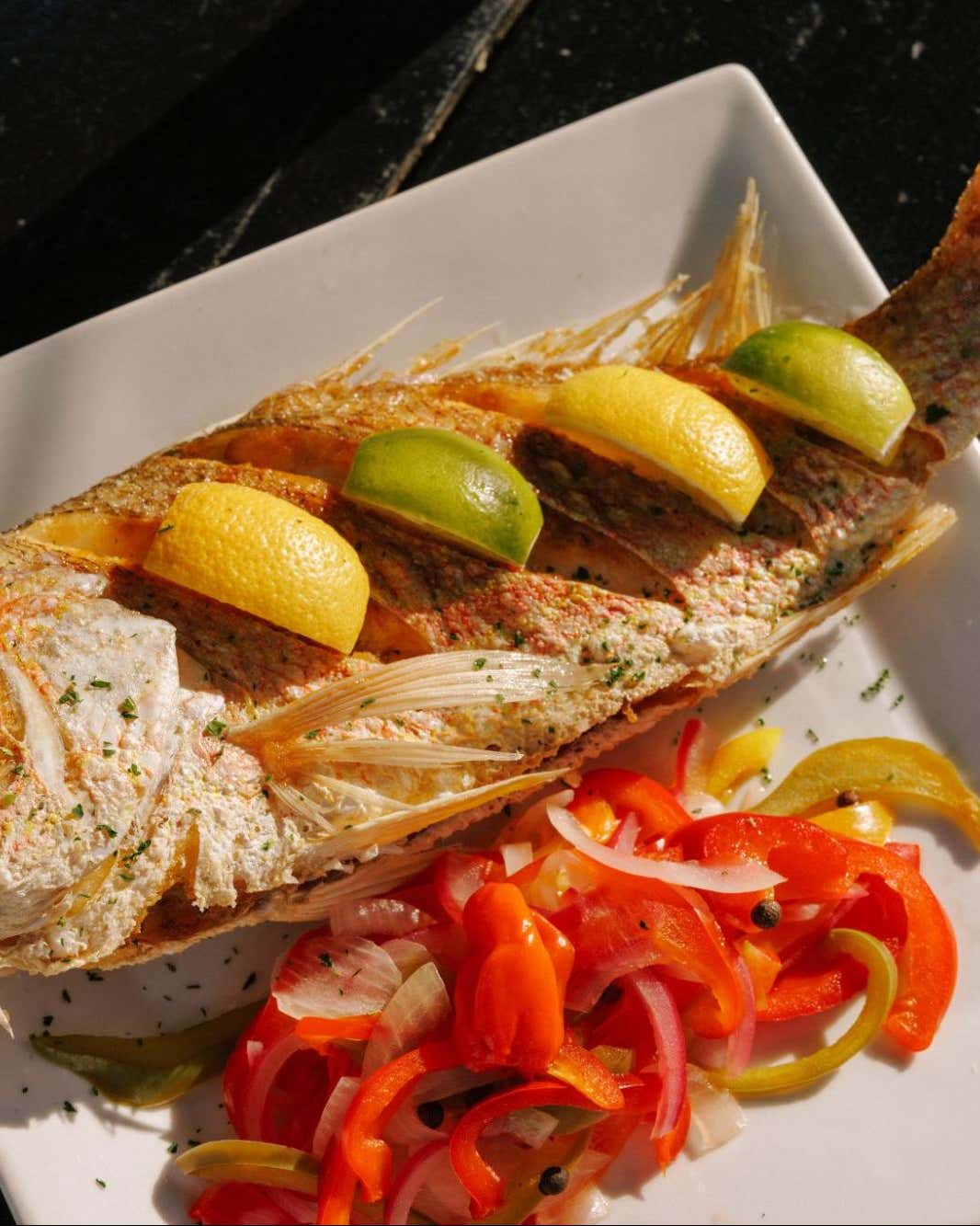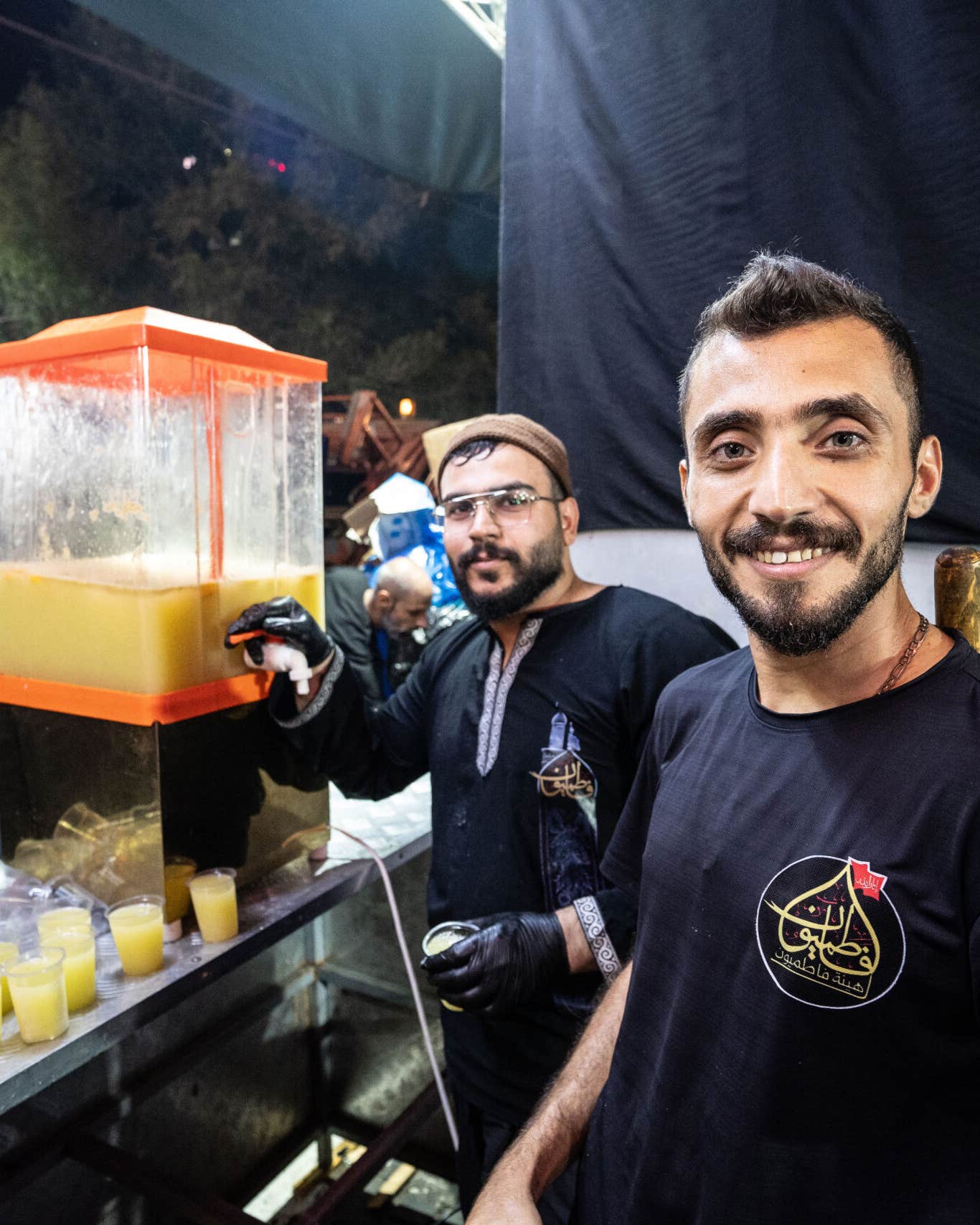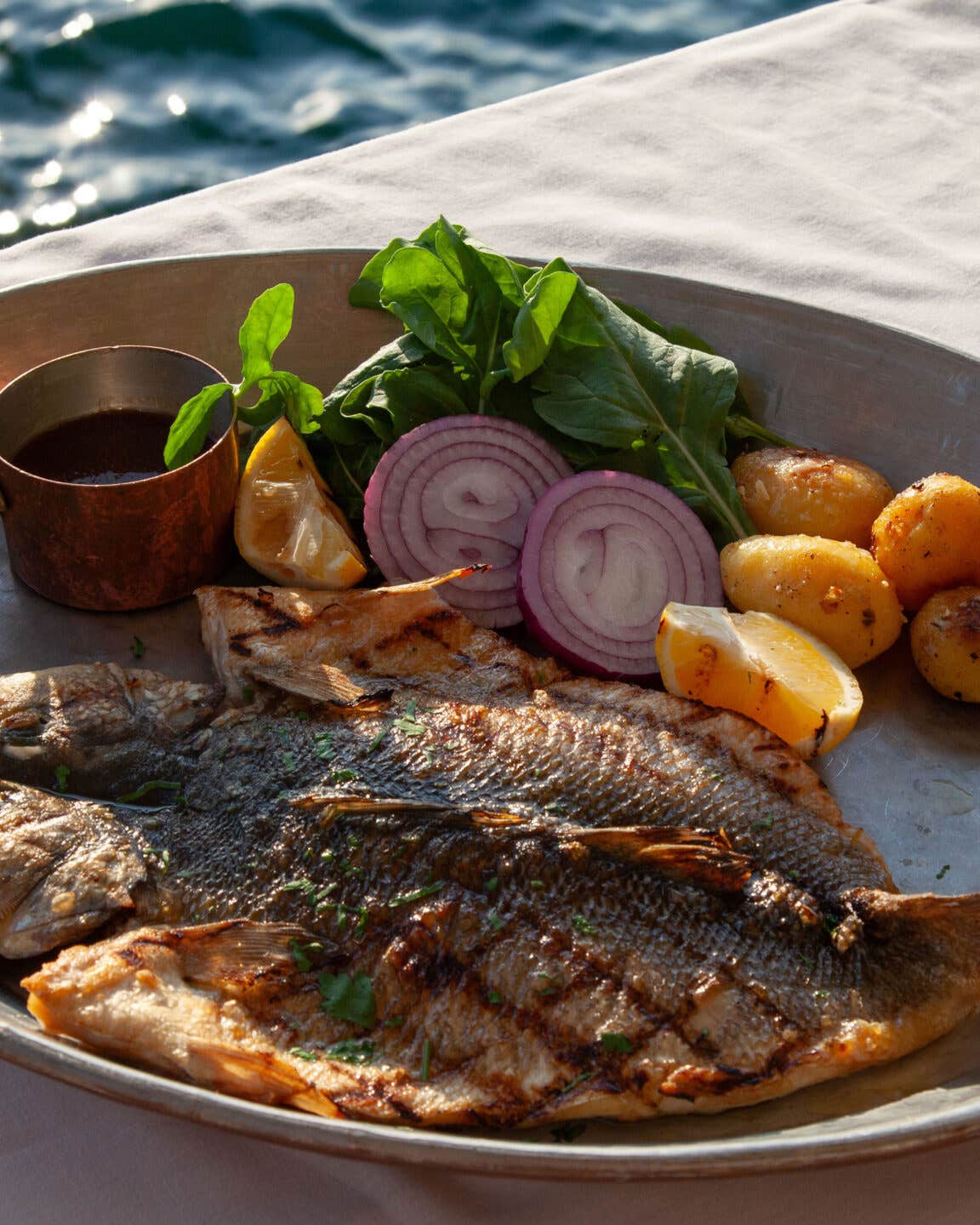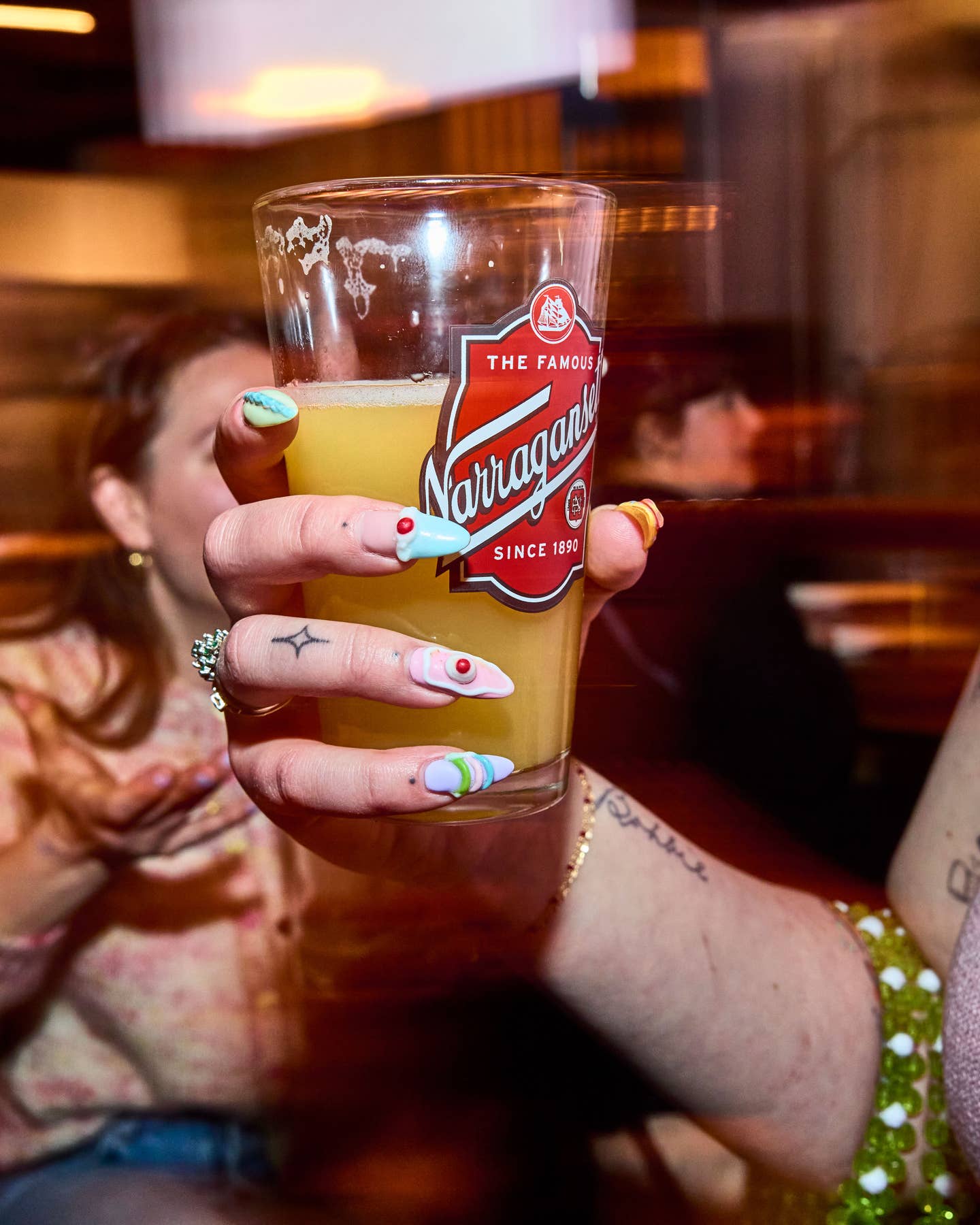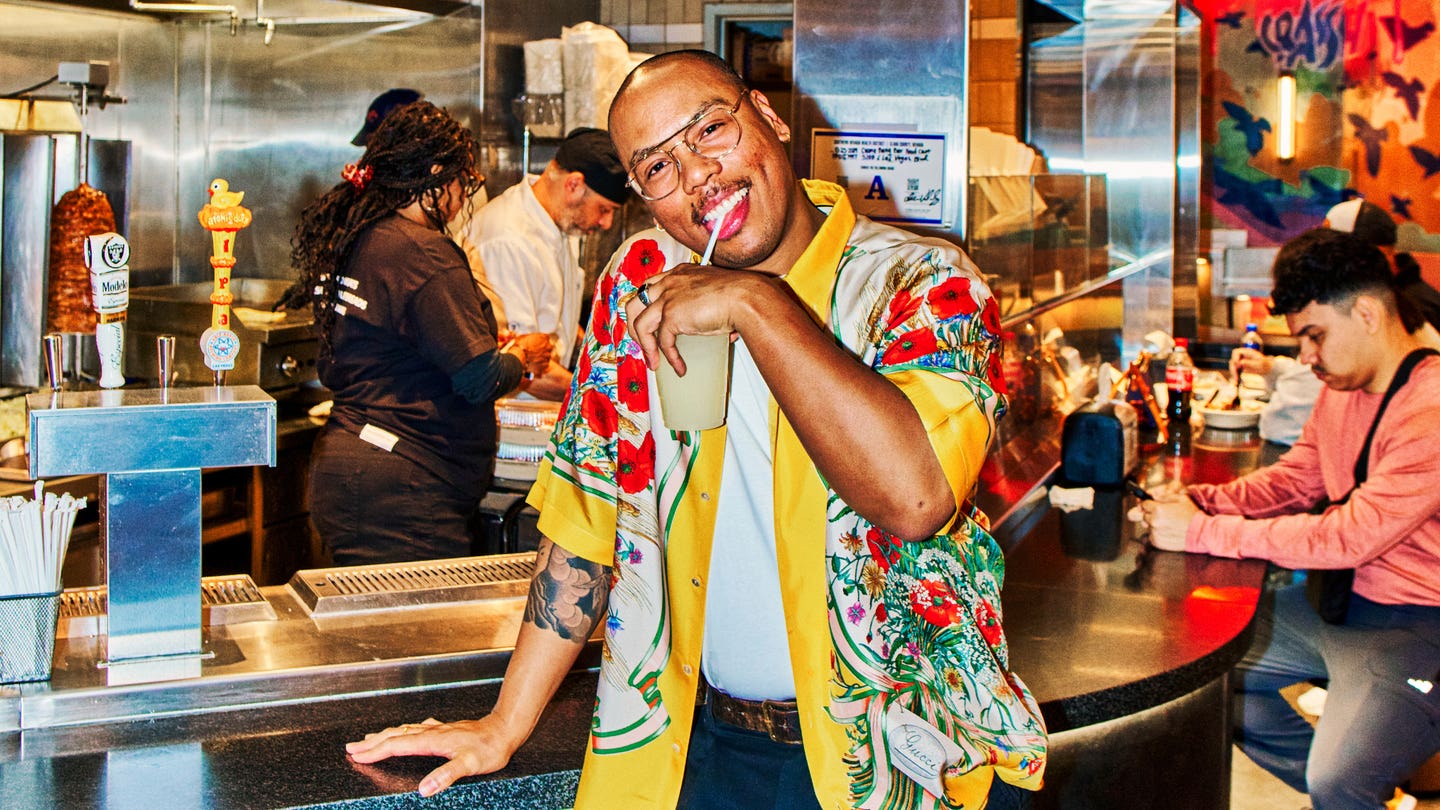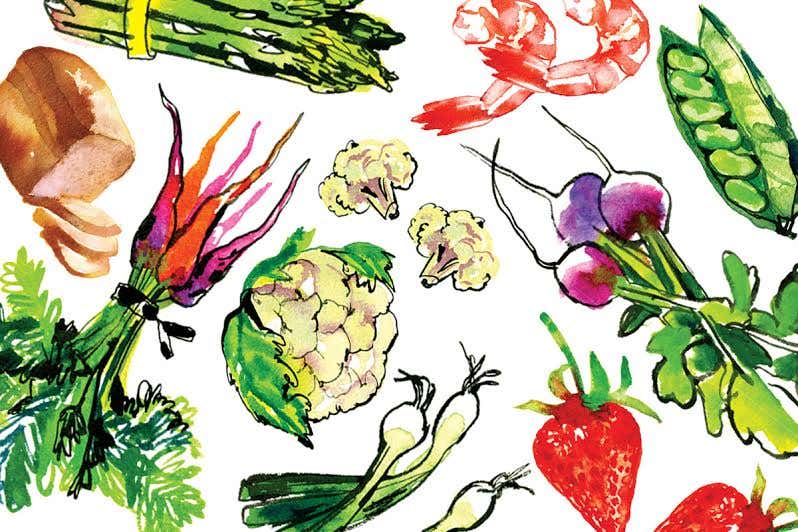
The Diner
It was the day before Thanksgiving in 1999, and I had no plans for the holiday. Knowing that I had to act fast, I cadged an invitation from a co-worker, Heather Ramsdell, with whom I was becoming friendly, to her family's home in Rowley, Massachusetts, about 30 miles north of Boston. We boarded a train at New York's Penn Station that same afternoon and arrived in Rowley late. We'd missed dinner at her sister's house, where we would be staying, so Heather drove us to a place down the road. As we approached the parking lot, I saw a backlit sign that said Agawam Diner. Warm light poured from its windows. Heather and I entered, found a booth, and settled in.
The environs immediately struck me as different from the usual American greasy spoon's. The dining room was jauntily decked out in red: a red-speckled terrazzo floor, red-vinyl-encased booths sprouting coat racks, red venetian blinds, and shiny bar stools with red-cushioned seats. Display cabinets with mirrored interiors were neatly stocked with cream pies, turnovers, and eclairs. I ordered a chicken pie—the Agawam's version of a chicken pot pie, our waitress explained. It came turned out bottom side up on a plate, exposing chicken, carrots, and peas in a thick gravy. Heather sipped a chocolate frappe, a frothy, Massachusetts-style milk shake. For dessert we shared a teetering slice of homemade coconut cream pie: swirled whipped cream, coconut custard, and crust so flaky and crisp that it shattered at the first touch of my fork. I looked around me, and then at Heather, and smiled. I was falling in love.
Over the next few months, Heather and I became a couple and the Agawam Diner, our regular destination. Though I'd been trained as a chef at the Culinary Institute of America and had worked in high-end New York City restaurants, there was something about this humble joint and the people who worked there that seduced me. I tried to imagine its inner mechanisms, its private rhythms and rituals. I wanted to know more. So, early this year, I asked Heather's sister, Lisa, who has lots of connections in Rowley, to do a little investigating. Lisa arranged an introduction, and after I had expressed my passion for the place to the owners, they agreed to let me into their world.
The Agawam—named for an American Indian tribe from the area—has existed in one location or another on Massachusetts's North Shore since 1940. That's when Peter Galanis and his brothers and sisters, including William ("Smiley"), Louis ("Jr."), Andy, Ethel, Jane, and Emily, a Greek-American family from the nearby town of Ipswich, opened the restaurant's first incarnation. Peter had learned the ins and outs of the restaurant business when he'd worked at a local eatery called the Atlas Restaurant; at the newly opened Agawam, he taught his siblings how to make the soups, gravies, and stews that are essential to the diner trade. "We made everything homemade," remembered Smiley, a now retired 87-year-old, when I went to visit him at his home in Ipswich. (He worked at the diner until four years ago, even after winning a million dollars on a lottery ticket.)
About a decade later, another Galanis sibling, Georgiana, her husband, Bill Pappas, and their sons, Jim, Paul, and John ("Pappy"), joined the business. In 1970—and after four subsequent locations—the Agawam Diner landed at its current spot, in Rowley. "Before we moved there, I remember me and Pete sitting outside at night across the street, seeing how many cars went by," said Smiley. "We wanted to know if it was a good spot."
It was, at least if one is to judge by the steady stream of customers who filled the restaurant, even at 5:30 on a recent Tuesday morning, the day I showed up. I made my way to the kitchen to meet Pappy and watch him prepare the backbone of the day's menu. When I walked in he was attending to a stovetop crammed with rapidly boiling pots of soup, chicken breasts, gravy, and large joints of beef. "I don't believe in simmering stuff," said Pappy, a toothpick stuck in the corner of his mouth. "I put everything on high heat. I don't even run the hood fan—it draws all the heat out of the room and seems to take away from the cooking process."
Pappy represents a throwback to a time before star chefs, when cooking was passed down through the generations. "I didn't go to cooking school or anything," he said as he lifted the lid from a gurgling pot of chicken gravy. "Whatever I learned, I learned here." Pappy has passed on his knowledge to Smiley's son, John Galanis—known, unsurprisingly, as Young Smiley—who shows no inclination to abandon his predecessors' old-fashioned attitudes about cooking. In this age of gravy mixes and thaw-and-serve pies, it's noteworthy that the folks at the Agawam do so much cooking from scratch; among their signature dishes, each made from good ingredients, are meat loaf, chicken croquettes, and potted beef.
I took a break from the kitchen and walked into the dining room, where a crew of regular customers was assembled around mugs of coffee. A beehive-coiffed woman stared out the window. A guy wearing a Dickies work shirt buttoned up to his neck read the paper in a corner booth. One of the waitresses, Karen Lemieux, who grew up in Ipswich and has worked at the Agawam for 28 years, pointed out a few others. "There's Joe; that's his favorite seat," she said. "And there's Sharkey; that's his. There are three Steves that come in every morning; they'll be here soon." I slid into a booth with Andy Galanis, who is now 75 years old. "You know those Tums ads where a guy at a diner grabs his side 'cause he's got heartburn?" he said. "I hate that. Why do they do that ad? I'm gonna write them a letter."
I went back to the kitchen to check on Pappy. He'd removed the chicken breasts from the pot where they'd been cooking and began to cut them up, using a well-worn knife and carving fork. He distributed the chunks between 30 or so oval dishes. "We sold 44 chicken pies yesterday; they were flying outta here," he told me, as he scattered peas and diced carrots over the chicken and topped each dish with pastry. "Chicken pies, mashed potatoes—this is old-standby food." Pappy handed me a spoon, and I sampled a pie that had just come out of the oven. It was hot and creamy, exactly as I remembered it from my first taste, eight years ago.
The Agawam's kitchen is a time capsule, a physical record of decades of cooking for a clientele of New Englanders, and a living monument to what American diners used to be. Metal equipment buffed by age sits atop old wooden counters. I ran my hand over an indentation in one of them; someone had been chopping on this spot for years. The walk-in cooler, sheltering plastic containers of hot dogs and chopped vegetables, reminded me of a cramped but orderly ship's cabin—a far cry from the cold, modern professional kitchens that I was accustomed to. The whole environment seemed to convey the simplest message: good food is made here.
It was six in the morning, and the line cook had arrived: a muscular, tattooed 29-year-old named Jay Silva. "This is a different place in how it works," he said, putting on a pot of water to boil. "It's like a machine. No one writes down the orders. Everything's verbal." As he swabbed butter on the griddle, Silva sounded like a boxer giving a pre-bout interview. "Breakfast, either you can handle or you can't," he said. "In a four- to five-hour period, we go through about six hundred eggs."
Around nine o'clock, Young Smiley, tall and lanky and dressed in diner-issue white pants, walked onto the line. He carried a pan of one of that day's lunch entrees: a dish known at the Agawam as American chop suey. It is made of curly macaroni swathed in a luscious tomato and ground-beef ragout. "Why do you guys call it chop suey?" I asked. He shrugged his shoulders and smiled mysteriously.
The morning rush was now in full swing. The waitresses shouted out orders in staccato bursts: "Toasted bacon and egg to go—make it a special." "Two BLTs on dark and a brown 25, okay, dear?" The long griddle filled up with pancakes, home fries, corned beef hash, and sunny-side-up eggs. Spatulas scraped furiously against its surface, sounding like hockey skates on ice. Young Smiley and Silva were in constant motion, cooperating in a way that made it seem as if they were brothers, not co-workers. Young Smiley assembled a turkey sandwich and slid it down the cutting board; instantly Silva sliced and plated it, all without a word or a sideways glance. I envied them their skill.
What impressed me the most, however, was how they kept track of orders without using order tickets. After the breakfast rush, Silva let me in on a few secrets. For example, when orders for eggs start to back up, he puts the eggs-in-waiting in a different spot, depending on the style asked for: for scrambled, he places them on top of a can of evaporated milk; for a western omelette, he puts them into a container of chopped onions. Still, that doesn't mean they don't sometimes lose their place. Later, at lunchtime, a glut of orders clogged up the kitchen, and Debbie Farley, an Agawam waitress for 25 years, yelled across the service window, "I got a lot of stuff in there, fellas!"
Young Smiley grinned. "Listen, honey, I need a coffee, and then we're gonna go over all the orders again, because we have no idea what you got comin' in here!" Silva broke out laughing.
That evening, I checked out the Agawam's downstairs bakery—birthplace of its coconut cream pies—where Jim Pappas, Pappy's 69-year-old brother, was busy baking. A light haze of flour hung in the air.
Jim has dark eyes, and his rough hands were caked with sugar and flour; they are virtually his only pieces of equipment. Using recipes that were passed down to him by Ben Armor, a baker who once worked for the Galanis family, he handled the dough that would become the crust for the next day's coconut cream pies. He was quiet, methodical, patient. He has been making desserts this way for half a century. Every young American baker should apprentice here, I thought. "It takes a lot of years to know what you're doing," Jim told me. He pointed to a wooden table across the room. "See that over there? My grandmother and grandfather worked on that same surface making pies."
Later that night I was standing outside, underneath the glowing Agawam Diner sign, waiting for Heather to pick me up. I was tired but also a little sad that I had to head back home. I thought about what Jim Pappas had told me, about all the history contained in the small building behind me, and I wondered whether it would be around for another generation. I hope so, I said to myself as Heather pulled up. I still do, because we now have Eve, our baby daughter, and I'd sure hate for her to miss out on that coconut cream pie.
Keep Reading
Continue to Next Story
